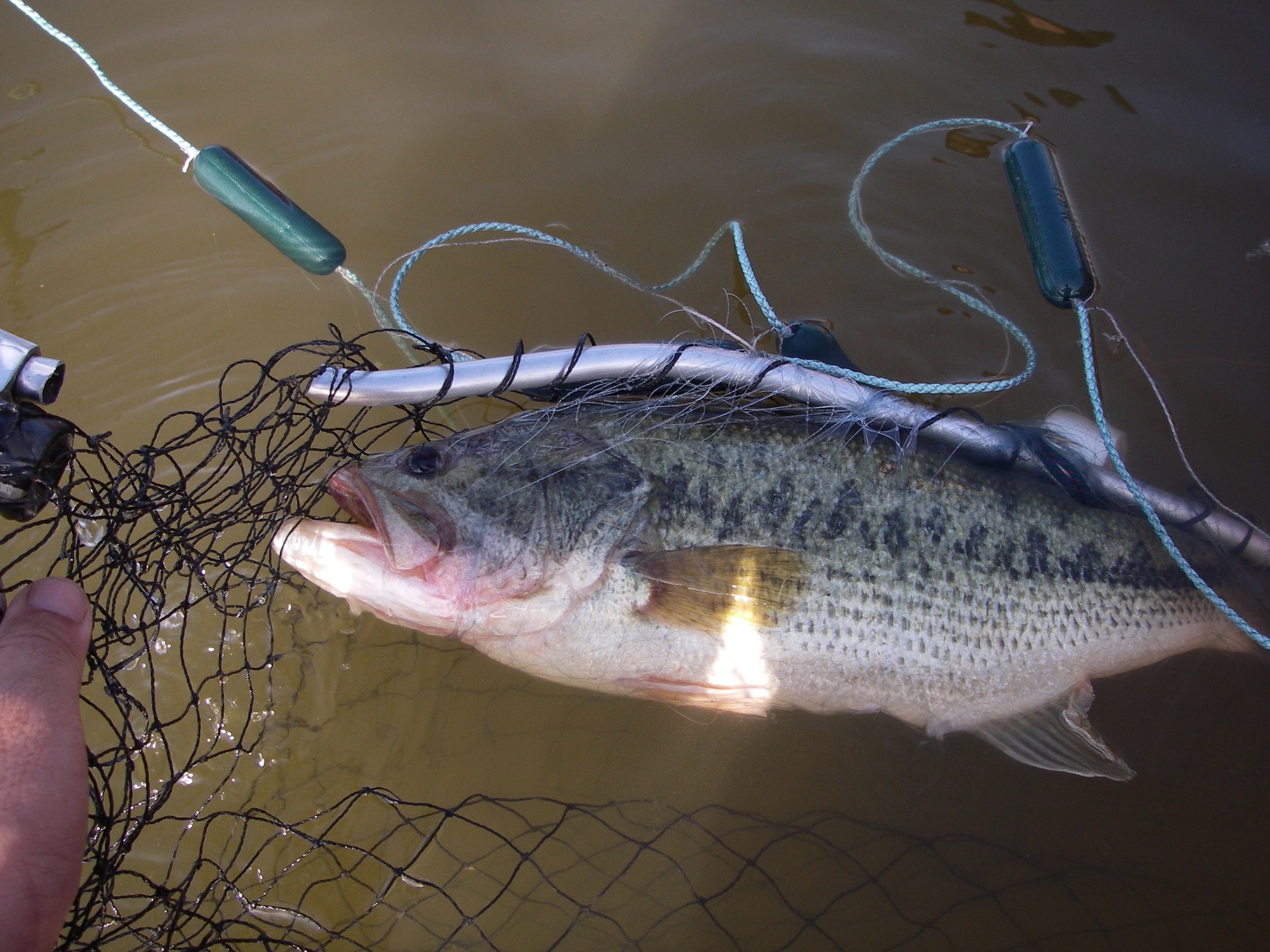
Largemouth Bass @ Yasufumi Fujimoto
Invasive species have caused a negative impact on the ecosystems of the earth. The largemouth bass Micropterus salmoides is a piscivorous fish species native to North America. This species has been introduced into more than 50 countries and has caused adverse impacts on freshwater ecosystems. Many projects aimed at controlling the population of the largemouth bass have been conducted around the world. In this study, researchers from Miyagi Prefectural Izunuma-Uchinuma Environmental Foundation developed a trap that targeted female bass using sex-pheromone of male bass.
Several highlights:
- We hypothesized that mature males released sex pheromones to attract mature females to their nests. We studied the efficacy of using bile collected from mature males with the bioactive function to attract mature females.
- In the spawning season, when bile from reproductive males (RB) was introduced into the traps, female catches in the trap were significantly higher than when bile from non-reproductive males (NRB) or controls were used.
- In the non-spawning season, the female largemouth bass did not show any preference for RB. Other fish species did not show any preference for RB in both the spawning and non-spawning season.
- This study shows that RB contains a sex pheromone that attracts mature females, suggesting that pheromone traps could possibly be used to control largemouth bass populations.

Figure 1. Number of fish captured by control (Cont.), non-reproductive bile (NRB) and reproductive bile (RB) in the spawning season of largemouth bass. Bars on the columns indicate standard errors of the mean. * p < 0.05.

Figure 2. Captured female largemouth bass attracted to bile collected from reproductive male.
This study showed that the presence of a pheromone to attract conspecific females was contained in the bile of mature males of largemouth bass captured during the spawning season. Further, the field test revealed that the sex pheromone could be practically applied in the development of a pheromone trap and contribute to controlling the biomass of largemouth bass.
A combination of several methods can be efficiently employed according to the population density of largemouth bass. The CPUE of gillnets, set nets, electric fishing boats, angling and other control implements declines with decreases in the population density of the target fish and makes it difficult to eradicate invasive species. Since the potential efficiency of a pheromone trap is dependent on the pheromone of males at their nests and is also inversely proportional to the population density of target species, when densities of largemouth bass are lower, pheromone traps are likely used to capture the target individuals compared to nets, electric shocks, or other methods.
Reference (click below to download the original paper):
https://www.reabic.net/journals/mbi/2020/Accepted.aspx
Fujimoto Y, Yambe H, Takahashi K, Sato S (2020) Bile from reproductively mature male largemouth bass Micropterus salmoides attracts conspecific females and offers a practical application to control populations. Management of Biological Invasions 11 (in press)
Prepared by Dr. Yasufumi FUJIMOTO, Chief Researcher
The Miyagi Prefectural Izunuma-Uchinuma Environmental Foundation




